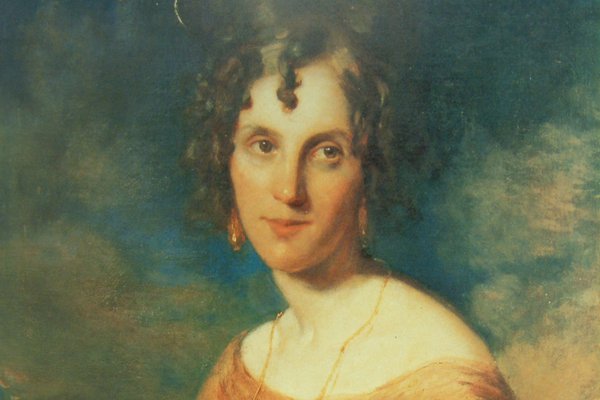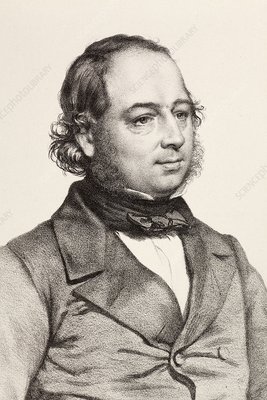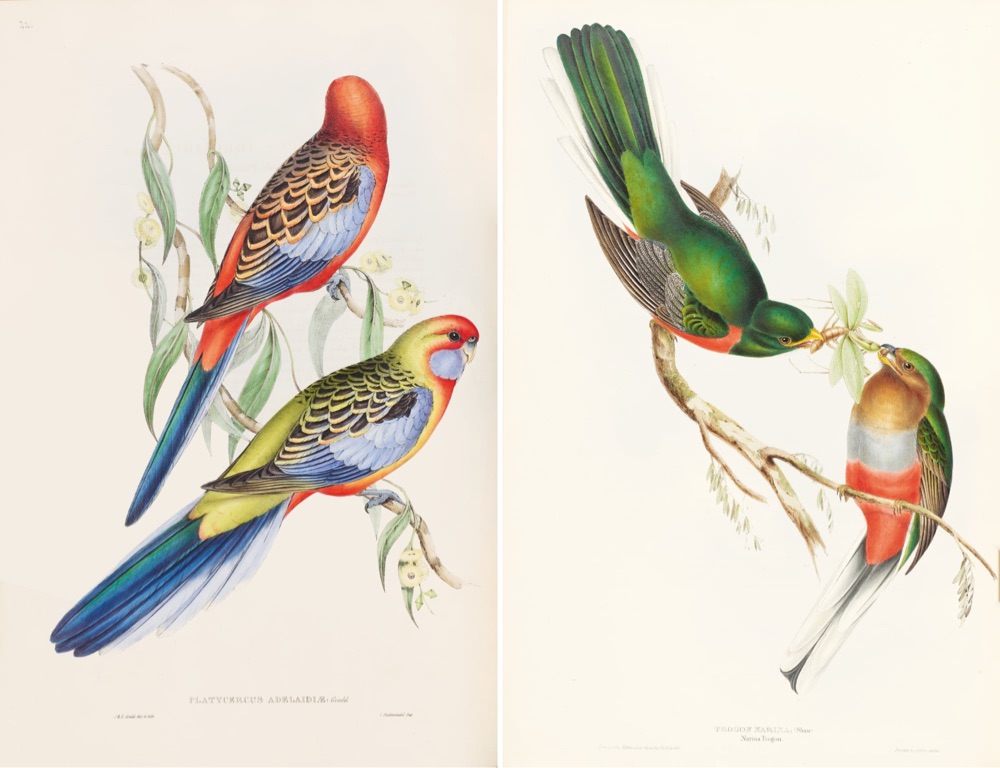The Birdman’s Wife, Melissa Ashley, Australia, 2016

I almost did not finish this book. Around the 60-page mark, I was more than ready to move on; however, for some unknown reason I continued. There were definitely things I did not like about the book, but there were other things as well: things that were thought-provoking.
The book is beautifully written and painstakingly researched. It focuses on the wife of the ornithologist John Gould, Elizabeth Gould, who did the many illustrations for her husband’s books about birds. She, being a woman, disappeared behind the shadow of Gould (being a man and a famous one at that), and it is to Ashley’s merit that the life of this remarkable woman has now been pulled into the limelight. There is, unfortunately, a lot of factual information that could have/should have been deleted from the manuscript. The fact that Ashley included everything – or almost everything – makes the book hard work when it could have been fascinating.

Perhaps fascinating is not the word I am looking for. Perhaps interesting or even readable would have been a better choice. I do not like the idea of taxidermy, in fact I loathe it. I hate the idea of animals and birds in cages or zoos. I am completely against the idea of exotic animals and birds being taken from their different environments where they are free and hopefully happy, only to be shot, stuffed and placed in cabinets or museums for the entertainment and/or interest of people. I can respect, admire and be totally in awe of the wonderfully detailed scientific drawings and paintings artists do of animals and plants, but it is not an art form that appeals to me; it is far too disciplined and rigid.
I am aware birds, plants and animals had to be sketched and painted, the camera not being the go-to mode of reproduction in the mid-nineteenth century; however, it is fairly distressing, realising that millions of living things were killed simply so that scientists could make them available to a larger public via books or museums, or both. It was heartbreaking to read about small birds being caught and shot, their nests plundered, and regarding the albatross that was caught en route to Australia, I wondered if anyone had taken time to read Coleridge’s The Rime of the Ancient Mariner (1798) – obviously not.

Elizabeth comes across as a fortunate young woman. She may have had umpteen children and a big house to take care of, but she also had a housekeeper, a cook, a nanny, a maid and even assistants who could help her with the practical side of lithography that was so vital to her husband’s publications. She cannot be compared with a twenty-first-century woman single-handedly juggling several children, a career and a marriage. She was definitely talented, but in spite of Ashley disagreeing with Alec Chisholm that Elizabeth ‘sacrificed her very life for her husband’s pursuits’ (The Story of Elizabeth Gould by Alec Chisholm), I have to admit that Chisholm’s appraisal was probably closer to the truth. I am quite sure that if Elizabeth had been able to say what she wanted she would not have travelled to the other end of of the Earth (Australia), leaving her babies in the hands of others. She may have gained much experience and many new perspectives from the two-year trip, and to some degree, I can accept Ashley’s describing her as ‘tenacious, courageous, resilient, fiercely loving, talented and adventurous’, but she was also a product of the times in which she lived; a time when women, even talented women, had to know and accept that their place would always be on a rung well beneath men. As Ashley quotes Virginia Woolf: ’Women have served all these centuries as looking glasses possessing the magic and delicious power of reflecting the figure of a man at twice its natural size.’

John Gould, was obviously a clever, focused, driven man who was completely centred on himself and his work. As the book progresses, it is possible to pick up on the fact that Elizabeth often felt secondary to John’s work, even though Ashley goes to great lengths to describe John’s very occasional romantic and loving gestures, which may or may not have been the case. Whether or not John Gould was attracted to the artistic, proficient Elizabeth Coxen both as future bride and valuable unpaid helpmate is irrelevant: my feeling is that he did love his wife, but even he was a product of a time where man was king and the woman’s main responsibility was keeping the pedestal polished. John Gould’s first love was always his work.
Although I disliked the content of the book, it was the gender question that made The Birdman’s Wife interesting, and by the end of the book I felt that I could respect this woman who, as well as giving birth to eight children, spent her entire life helping her husband achieve fame and prominence. It is ironic that had Elizabeth not met and married John Gould she would most likely not have painted birds, which was her husband’s burning interest, and we would probably not have been reading about her now. Her amazing talent would have found expression in other subjects, but without any connection to a prominent male, she would have struggled to have been recognised, even belatedly.

I believe the book was Ashley’s PhD thesis and that is where it should have remained. As I mentioned earlier, the research is admirable, but is only relevant for those readers interested in the preserving of dead animals and birds. Ashley has attempted to weave together a scientific document with a semi-factual novel; many readers put off by the (unnecessary) description of skinning and preserving specimens would perhaps give up on the book, before realising that there is another level to the book that is actually more interesting.